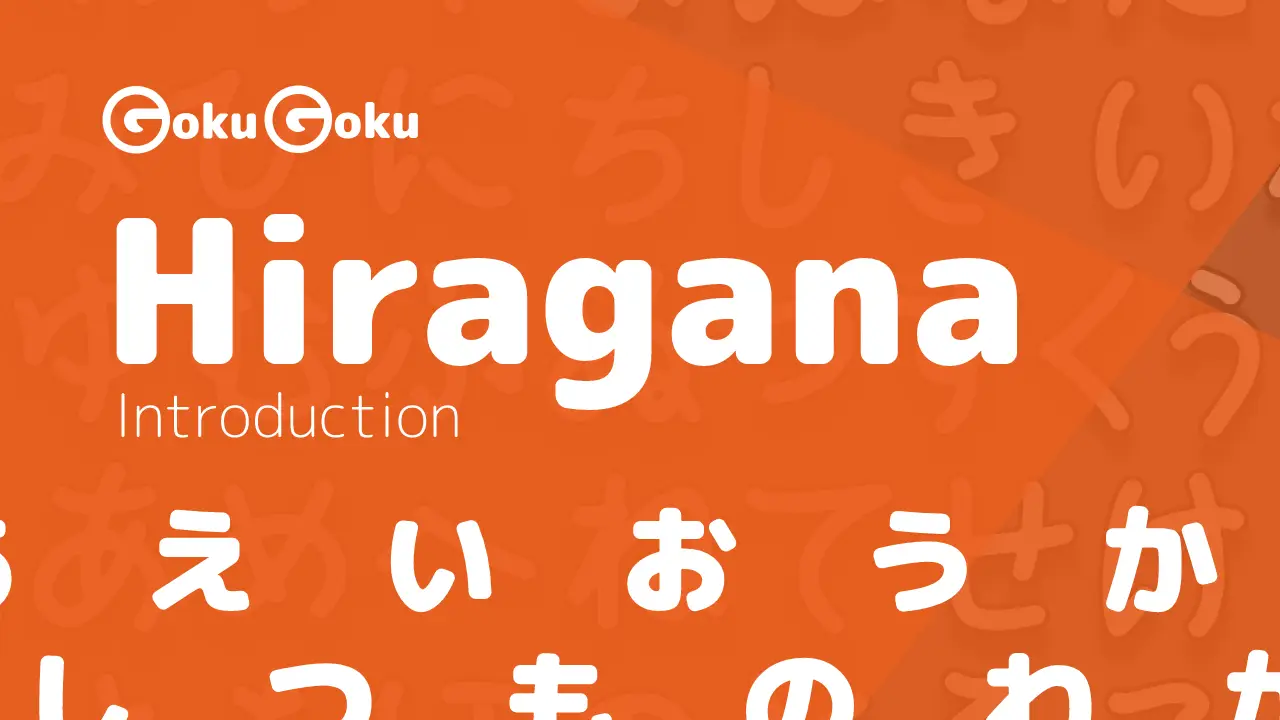The term 上げる (ageru), or 上がる (agaru) in its intransitive form, is an auxiliary verb meaning finish, completely, complete, at the limit.
上げる and 上がる are added after a verb to emphasize that the action has been done completely, to the end, all the way.
In this post we are going learn more about the meaning of 上げる, how it is formed, and when 上げる is used through real example sentences.
How 上げる is formed
上げる and 上がる are added as suffixes to the conjugated verb in its stem form or "masu" form:
The difference between 上げる (transitive) and 上がる (intransitive) is that:
上げる is used when someone has completed the indicated action
上がる is used when an event has come to an end (without someone taking an action)
Let's see some examples of verbs conjugated with 上げる and 上がる:
How and when to use 上げる
上げる and 上がる indicate that something has been completed to the limit.
With 上げる and 上がる, the limit refers to something natural or voluntary, not caused by any lack of resources or time
In this sense therefore 上げる and 上がる translate as do(A)to the end, do(A)to its completion.
Let's see an example sentence to understand the meaning of 上げる and 上がる:
レポートは書き上がった?
Did you finish writing the report?
As we see from the example, using 上がる translates the verb to finish. In this case, together with the verb 書く (to write), 上がる allows you to express the fact that you have completed the report.
What 上がる adds is to the end. In fact, without 上がる, the sentence would simply have been write, without specifying if you wrote and finished:
レポートは書いた?
Did you write the report?
上げる is most often used with verbs related to the production of something, with the nuance meaning finish creating something.
Some of these verbs are:
築き上げる:
to establish,to build up打ち上げる:
to launch,to shoot up作り上げる:
to build up,to put together
Difference with the use of the te form
Both 上げる and 上がる are added to the B2 base or "masu" form of the verb they are associated with.
This conjugation is different from using the te form to link two verbs. In fact, the te form implies two separate actions, performed one after the other.
The use of base B2 instead indicates a combination of the two verbs, almost forming a third verb with a different meaning from the first two: the first verb is the main action (for example 書く, to write), while the second adds an extra nuance (上げる, until the end).
Many of these verb combinations are idiomatic and can be found separately in a dictionary
Examples of 上げる
その闘気練り上げられている至高の領域に近い。
That fighting spirit has been refined well, it is approaching the real limit.
やっと絵が描きあがったよ。
The drawing has finally been completed.
氏名を読み上げる。
Read the name aloud.
Similar grammar points in Japanese 📚
申し訳ございません
申し訳ございません (moshi wake gozaimasen) Meaning Japanese Grammar - I Apologize
わけがある
わけがある (wake ga aru) Meaning Japanese Grammar - There Is a Reason If
わけがない
わけがない (wake ga nai) Meaning Japanese Grammar - There Is No Reason That
わけではない
わけではない (wake dewa nai) Meaning Japanese Grammar - Does Not Mean That
わけだ
わけだ (wake da) Meaning Japanese Grammar - That's Why...
わけが分からない
わけが分からない (wake ga wakaranai) Meaning Japanese Grammar - Absurd

